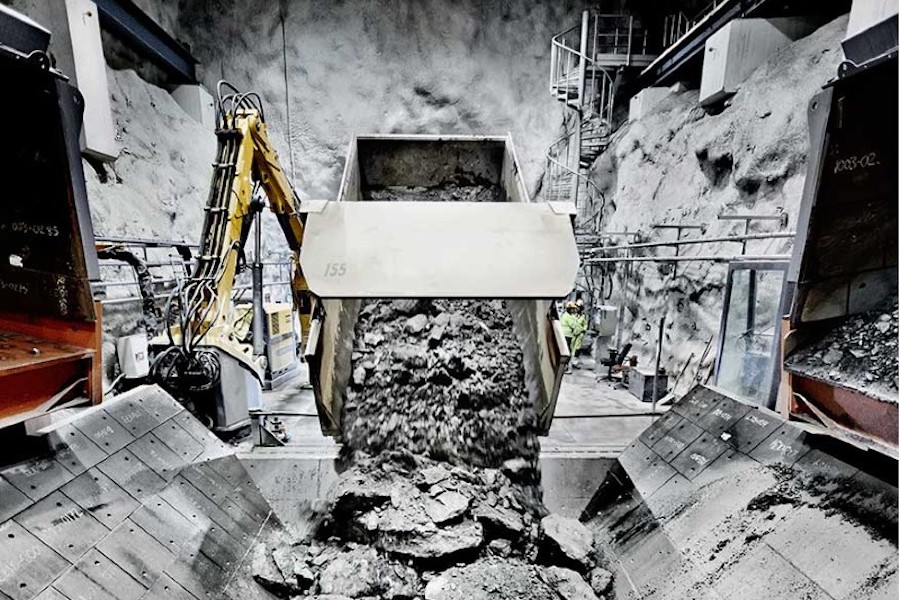
The global zinc market is facing a sizeable supply deficit in 2024 as a raw materials squeeze forces smelters to reduce production of refined metal.
The International Lead and Zinc Study Group (ILZSG) has significantly revised its assessment of zinc market dynamics since it last met in April.
A previously anticipated supply surplus of 56,000 metric tons has been updated to a 164,000-ton supply deficit.
Mine production is now expected to fall for a third consecutive year and smelter treatment terms, a good indicator of raw material availability, have turned negative.
China, which hosts the world’s largest smelter network, is feeling the margin pinch and national production of refined zinc is sliding at an accelerating rate.

Back in April ILZSG expected mine production to rise by 0.7% year-on-year in 2024. Just five months later, that forecast has been slashed with mined zinc output now on track to fall by 1.4% to 12.06 million tons, it said.
This will be the third straight year of sliding output with anticipated 2024 production 5.7% lower than 2021, the last year of the zinc mining boom.
Low zinc prices in 2023 took a heavy toll of higher-cost operators, particularly in Europe, where the suspension of the Tara mine in Ireland and Aljustrel in Portugal will cause regional production to slump by 11.4% this year.
The resulting squeeze on smelter margins has become more acute as the year has progressed. Spot treatment charges for Chinese imports of zinc concentrates fell into negative territory for the first time ever in August and have continued sliding.
Local data provider Shanghai Metal Market assesses the spot market at a negative $40 per ton, highlighting the mismatch between smelter demand and raw material availability.
China’s refined metal output was dropping even before some of the country’s top producers met in August to agree on curbing run-rates.
The pace of decline has accelerated in the last couple of months. SMM estimates zinc metal output was down by 7.6% year-on-year in August and expects the gap to have widened to 10.4% in September.
ILZSG forecasts full-year Chinese output to be 3.4% lower than 2023, contributing to a 1.8% drop in global production. It’s a dramatic change from April, when the group expected refined output to rise by 0.6%.
The group’s demand forecasts have been tweaked but not significantly changed. Usage is expected to grow by 1.8% this year with the rest of the world taking up the slack from China as the core growth driver.
Chinese demand will rise by just 0.7% in 2024, reflecting zinc’s exposure to the country’s struggling property sector. Galvanized steel, widely used in construction, is zinc’s most important end-use sector, accounting for 60% of all demand, and China has been the world’s most active builder over the last decade.

ILZSG expects this year’s supply deficit to be followed by a healthy 148,000-ton surplus in 2025 due to higher zinc prices.
London Metal Exchange zinc has recovered a lot of ground since 2023, when it touched a three-year low of $2,215 per ton in May. Three-month metal hit a year-to-date high of $3,209 last week.
The improved price environment should encourage restarts. Swedish producer Boliden has already announced the reactivation of Tara in Ireland.
ILZSG expects global mined production to jump by 6.6% next year from this year’s distressed levels due to a combination of restarts and the delayed ramp-up of the Ozernoye mine in Russia.
Better concentrates availability is expected to feed a 3.9% year-on-year recovery in global refined zinc production and a return to supply surplus.
However, that assumes both a speedy reactivation of mothballed operations and no major unforeseen disruptions.
Within days of ILZSG finalizing its figures, Ivanhoe Mines announced a major downgrade of expected production from its new Kipushi mine in the Democratic Republic of Congo.
This year’s guidance has been cut from 100,000-140,000 tons to 50,000-70,000 tons of contained zinc due to a combination of operational teething problems and a lack of power.
As ILZSG’s revisions since April clearly demonstrate, zinc’s supply dynamics are in a state of high flux right now and are likely to remain that way for some time yet.
(The opinions expressed here are those of the author, Andy Home, a columnist for Reuters.)
(By Andy Home; Editing by Jonathan Oatis)
Comments